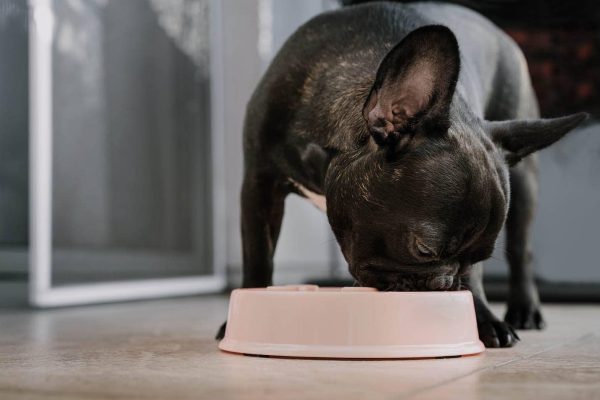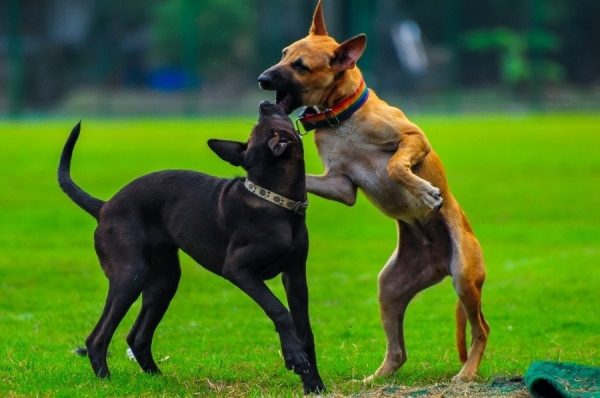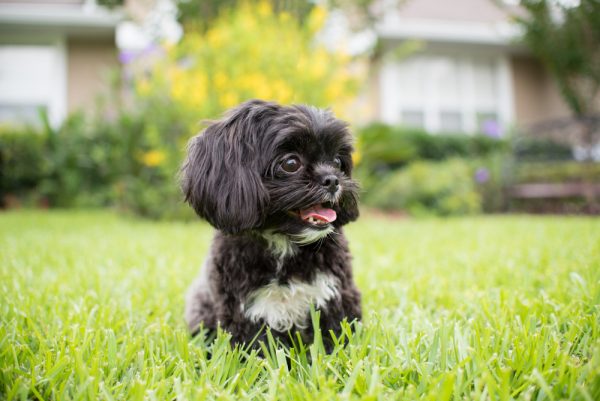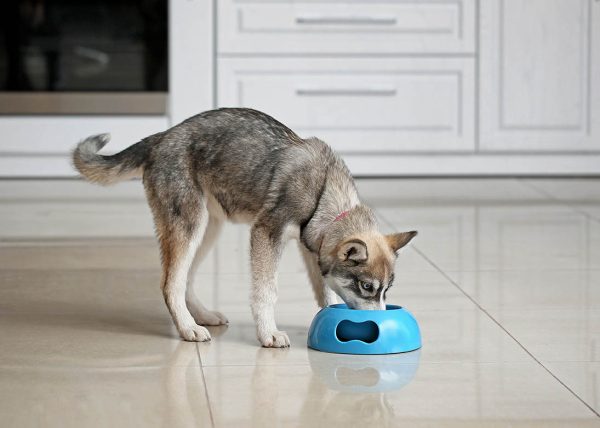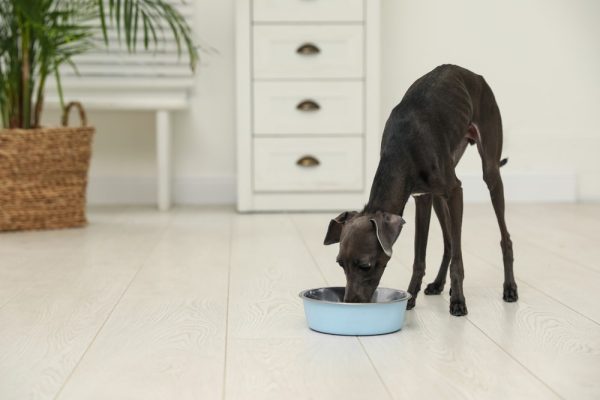In this article
View 3 More +When you work long hours or go on vacation, you hope that someone you know well and trust, like a family member or friend, will take care of your dog. But sometimes, this isn’t possible, and you need to rely on professionals to look after your pet. Your two main options are dog daycare and dog boarding. Here, we explain the differences between them and what you can expect when you place your dog in their respective care.

Visual Differences

At a Glance
- Meant for long-term stays
- Hotel-like services
- Medication needs taken care of
- Overnight stay in kennels
- For short-term stays
- Emphasis on socialization with other dogs
- Indoor and outdoor activities
- Roam free in indoor and/or outdoor spaces
Overview of Dog Boarding
Dog boarding facilities are set up to take care of dogs on a long-term basis, which could be as short as an overnight stay or last for weeks. The length ultimately depends on how long your dog can tolerate being away from you and their home.
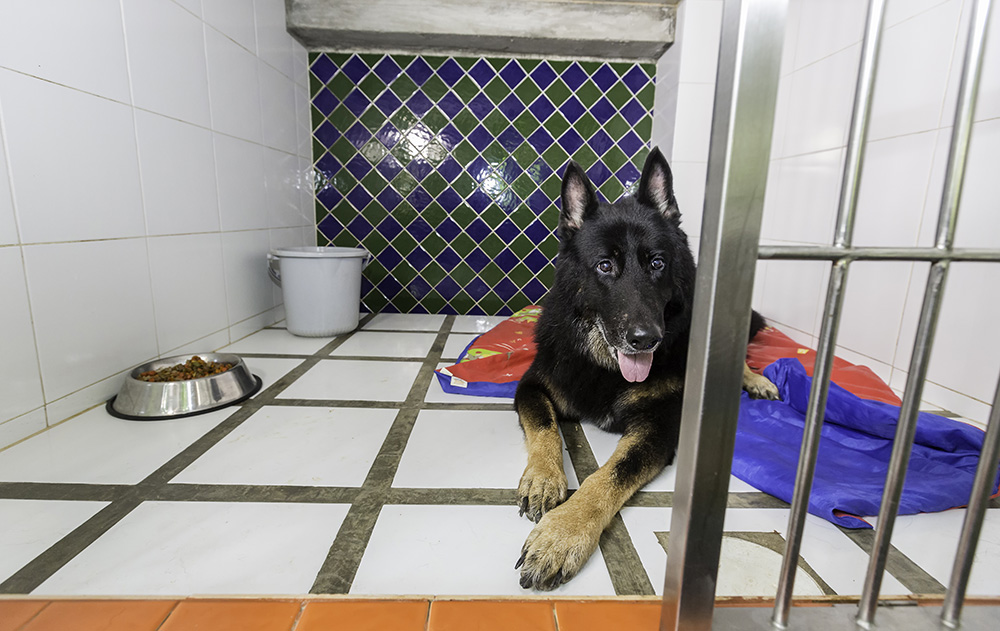
How It Works
How a boarding facility works depends on each individual business. Some only offer kennels in a concrete room with basic services like walking and feeding and short periods of playtime. They’re typically less expensive, but then, they’re technically offering less for your dog. The more expensive boarding facilities will offer a more hotel-like experience for your dog. This can include offering massages, TV viewing, soft couches, pools, and shuttle services.
What It’s Good For
Boarding is recommended when you need to leave your dog overnight. You know that your pet’s needs will be taken care of, including playing and socializing with other dogs. Most boarding facilities are also equipped to administer your dog’s medication and provide them with any special dietary requirements. Additionally, some facilities will separate the dogs into different size categories during playtime to ensure that small dogs play with small dogs, etc. Good boarding facilities also allow you to bring your dog’s favorite blankets, beds, and toys, making their stay as comfortable and familiar as possible.

How Long Can You Leave a Dog in Boarding?
You can technically leave your dog in boarding indefinitely, but this is not recommended for obvious reasons. Most dogs might be able to handle staying in boarding for 2 to 4 weeks, but some dogs will have difficulty with 2 weeks, while others can stay months without any issues. You know your dog and how attached they are to you and their usual routine, so you’ll also know whether they can handle even 1 week. But generally, dogs should stay no longer than 4 weeks in boarding.
- Dogs can be well-looked after for the long term
- Special accommodations for diet and medication allowed
- Can offer entertainment like TV, a pool, and massages
- Socializing opportunities with other dogs
- Away from home
- Some dogs will be anxious and nervous in this environment
- Potential for catching an infectious diseases (though most boarding facilities screen for these)

Overview of Dog Daycare
Dog daycare is designed for people who are away from home for long periods of time. You can’t leave a dog home alone all day without finding a way to fit in a couple of walks and mealtimes, let alone playtime! That’s where dog daycare comes in.

How It Works
Dog daycare is a facility where your dog can stay the entire day with other dogs and enjoy socialization, treats, and exercise. Depending on the daycare, the dogs will receive individual attention for playtime or be in a group setting with other dogs. For safety reasons, the dogs are usually separated by size but might also be separated by temperament, or age. Most daycares offer indoor and outdoor play areas, some of which may include obstacle courses. The dogs are treated with toys, treats, and plenty of attention.
What It’s Good For
Dog daycare is for any dog parent who can’t be with their pup for part of the day. They can drop off their dogs for a few hours or the entire day. This service is particularly important for pets that experience separation anxiety, which can bring about destructive behaviors like chewing and excessive barking. When in daycare, dogs can have fun and get exercise instead of being cooped up indoors all day, which can lead to boredom and lack of proper care. Moreover, certain dog daycares offer additional services, such as training and grooming, which can save you more time.

How Long Can You Leave a Dog in Daycare?
Daycare is only meant to take care of dogs for the day, and it doesn’t offer overnight care unless it’s a boarding facility that also provides daycare services. For the most part, though, you would only leave your dog for the duration of the daycare’s operating hours. Typically, you would drop off your dog in the morning and pick them up after work.
- Your dog won’t be home alone
- Socializing with other dogs
- Prevents separation anxiety
- Certain daycares offer training and grooming
- Flexible services, so your dog can stay for a few hours or all day
- Some dogs might find daycare overwhelming
- Care isn’t personalized, with the focus on all the dogs
- Risk of catching an infectious diseases
- Can be expensive
- Some dogs might develop bad behaviors

Other Factors to Consider
Before bringing your dog to daycare or boarding, several important factors must be considered.
1. Picking a Dog Daycare or Dog Boarding Facility
The most important thing that you must do is research and shop around for the right facility. You can start by asking friends and family for any recommendations, reading online reviews, and checking out websites. Once you have a few places narrowed down, do a few drive-bys to check out the curb appeal: Does it look clean, attractive, and well-maintained? After a place has your approval based on these factors, call and make an appointment to tour the facility.
2. Asking Questions
While visiting, you should be asking several questions of yourself and the staff:
- Is the facility clean and inviting?
- Are the caregivers welcoming and warm?
- Do they seem trustworthy enough to care for your dog?
- Are the caregivers trained in dog first aid and CPR?
- What are the cleaning protocols?
- Do they separate the dogs by size, age, and/or temperament?
- How do they handle emergencies? What if your dog is sick or injured while there?
- Is there an emergency plan for weather events?
- What accommodation can they provide if you have more than one dog?
- How can they support your dog if they have special needs?
- Do they have cameras so you can watch your dog through an app?
If everything seems to check out, ask to schedule a boarding or daycare test visit with your dog. If you opt for daycare, just leave your pet for a few hours, while a boarding test should include one overnight stay. This will enable you to assess the facility and see how your dog responds to it. Keeping the test visit short will help you make an informed decision about whether the facility is suitable for your dog.

3. Preparing Your Dog for Daycare or Boarding
Before taking your dog to a boarding facility or daycare, you must ensure that they are up to date with all the required vaccinations. You will also need to provide proof of the vaccines and your veterinarian’s contact information. Additionally, most facilities will conduct a temperament test to evaluate how your dog behaves around other dogs. When it’s time to drop off your pet, it’s essential to remain calm and composed. Avoid making a big deal out of saying goodbye to your dog, as this can make them anxious. Instead, maintain a positive and upbeat mood to help them stay calm.
Conclusion
There’s a significant difference between dog daycares and boarding facilities, but if you anticipate that you might need both services, look for a business that offers both to make the transition easier for your dog. When dropping off and picking up your dog, pay attention to their behavior. If they seem happy and tired, it’s a good sign that they enjoyed their time there. Make sure to do your research, ask for recommendations, and schedule a visit to ensure that you find a suitable dog boarding or daycare.
See also:
- How Much Does Dog Sitting & Dog Boarding Cost in the UK? Update
- How Much Does Dog Boarding Cost? Price Guide
Featured Image Credit: (L) Dmytro Zinkevych, Shutterstock | (R) Hero Images Inc, Shutterstock




